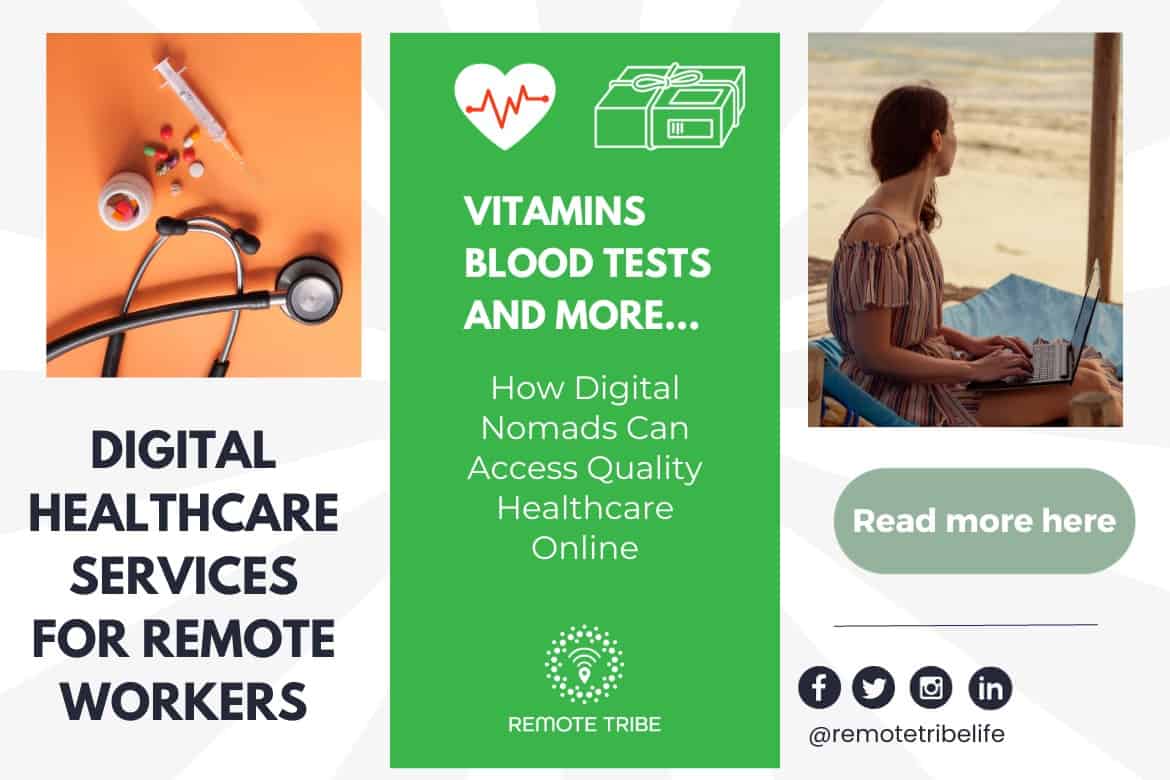Comprehending the Cost-Effectiveness of Subscription-Based Medical Care Models
As the health care landscape evolves, subscription-based designs become a compelling option, assuring to redefine how individuals take care of medical costs. Reviewing these models' cost-effectiveness necessitates a nuanced comparison with conventional insurance, thinking about both economic effects and client contentment. While they offer transparency and predictability in expenses, concerns continue to be concerning their ability to fulfill diverse health care needs, particularly for specialized treatments. The point of views of doctor even more complicate this formula, offering a complex challenge. What does the future hold for these models, and can they really deliver on their guarantee of easily accessible, economical care?
Overview of Subscription-Based Models
Subscription-based medical care versions, often referred to as direct key treatment or concierge medicine, are significantly obtaining interest as a prospective solution to inadequacies within typical health care systems. These models run on the concept of offering clients straight accessibility to health care service providers via a regular monthly or annual fee, bypassing the demand for conventional insurance devices. This plan aims to enhance patient-provider interactions by lowering administrative worries, which commonly hinder prompt and customized care.
At the core of subscription-based designs is the focus on a more tailored client experience. People benefit from boosted access to their medical professionals, frequently consisting of same-day or next-day visits, extended assessment times, and straight communication channels such as phone or video clip calls. This design cultivates a proactive technique to medical care, where clients and carriers can collaboratively concentrate on preventative care and chronic condition administration.

Expense Contrast With Typical Insurance Policy

One of the key monetary advantages of subscription versions is openness in costs. Conversely, typical insurance policy may be more advantageous for people needing specialized care or pricey treatments not covered under a subscription version, as they benefit from the broader insurance coverage network and cost-sharing systems.
Nonetheless, cost-effectiveness is context-dependent. While membership versions may offer cost savings for those primarily requiring health care, people with chronic conditions or specialized medical care requirements could find standard insurance policy a lot more extensive. Examining specific health care needs and possible usage is important in establishing the most cost-effective choice for people.
Effect On Patient Fulfillment
Client fulfillment within subscription-based health care models frequently reflects a substantial renovation over standard insurance coverage systems. Unlike conventional systems, where clients might experience hold-ups in getting care, subscription-based models make certain even more prompt and direct communications with health care companies.
Furthermore, the openness in expenses associated with subscription-based healthcare relieves the typical aggravations connected to unforeseen fees and intricate invoicing processes seen in standard insurance (subscription based healthcare). Patients value knowing the precise financial dedication upfront, resulting in raised count on and self-confidence in their health care monitoring
Furthermore, the focus on preventive treatment and wellness in membership versions contributes to boosted health and wellness end results, even more boosting patient fulfillment. By concentrating on continuous wellness maintenance as opposed to anecdotal treatment, clients experience an even more holistic and constant healthcare journey.
In addition, the enhanced provider-patient connection cultivated in these versions, characterized by more time invested per person and customized interest, plays a critical role in raising individual complete satisfaction levels, as patients feel genuinely taken care of and recognized.
Provider Experiences and point of views
From the copyright's viewpoint, subscription-based healthcare models provide a transformative technique to providing clinical solutions. These versions stress a aggressive and preventative medical care strategy, allowing service providers to concentrate on extensive client care without the restrictions of conventional fee-for-service arrangements (subscription based healthcare). This shift in focus frequently results in improved patient end results and raised copyright contentment, as medical care specialists can designate more time and resources to patient involvement and individualized treatment plans
Moreover, registration versions assist in predictable revenue streams, which boost monetary stability for healthcare providers. This predictability enables boosted resource preparation and allowance, adding to a more reliable health care delivery system. Carriers can spend in staff training, modern technology, and facilities improvements, consequently enhancing the top quality of care used.
However, the shift to subscription-based designs is not without obstacles. Regardless of these hurdles, numerous suppliers locate that the advantages of increased patient interaction and streamlined operations exceed the preliminary difficulties, making subscription-based versions an eye-catching alternative.
Future Leads and Obstacles

A primary obstacle is regulative compliance, as subscription versions should follow advancing medical care policies and insurance demands. This requires continual adjustment and development to look at more info make certain positioning with legal visit this site criteria. Furthermore, incorporating these designs right into existing health care infrastructures can be intricate, requiring substantial investments in modern technology and training.
There is likewise the possible danger of developing inequities in medical care gain access to, as registration models could favor those that can manage them, leaving susceptible populaces underserved. Addressing this calls for thoughtful consideration of prices approaches and subsidy devices to ensure inclusivity.
Final Thought
Subscription-based medical care versions offer a viable alternative to traditional insurance by providing monetary predictability and transparency, especially benefiting individuals with chronic conditions or frequent healthcare needs. The cost-effectiveness of these models is contingent upon individual healthcare usage patterns and circumstances.
Subscription-based healthcare versions, occasionally referred to as straight key care or concierge medicine, are increasingly obtaining focus as a possible option to inefficiencies within standard health care systems. Unlike conventional systems, where clients might experience hold-ups in obtaining care, subscription-based models ensure even more prompt and straight interactions with medical care providers.
These versions highlight a proactive and preventative health care technique, allowing carriers to concentrate on comprehensive person treatment without the constraints of typical fee-for-service plans. As these models proceed to acquire grip, they use the potential to change client accessibility to care, enhance service shipment, and optimize health care spending.Subscription-based medical care models offer a viable go to my blog choice to traditional insurance policy by providing economic predictability and transparency, especially benefiting individuals with persistent conditions or regular medical care requirements.